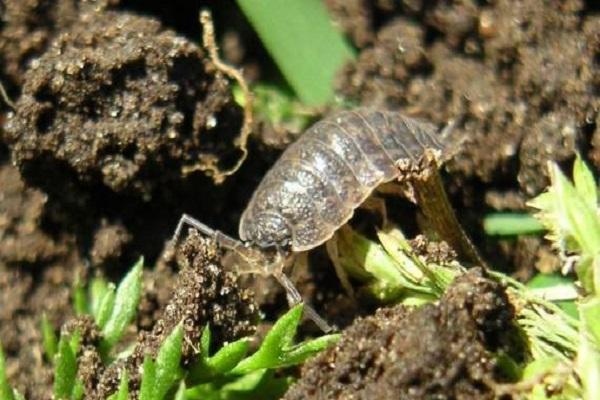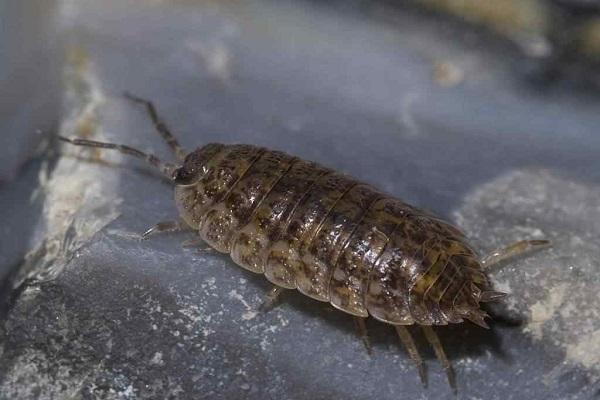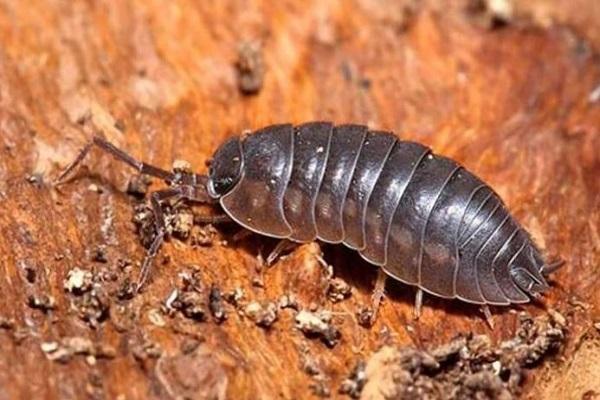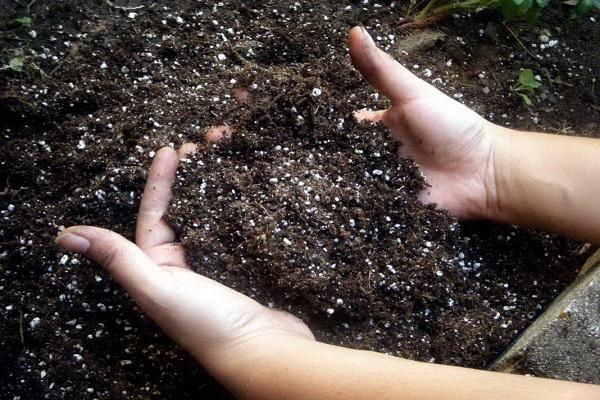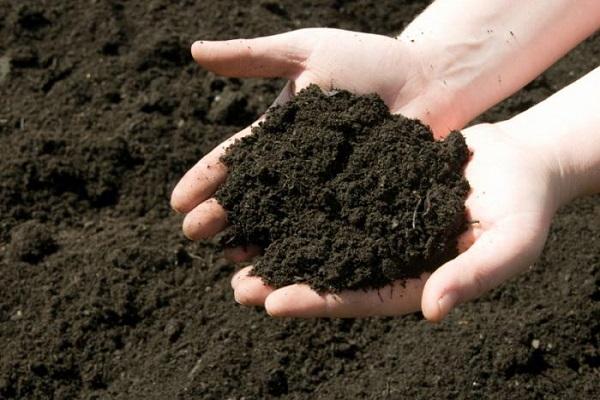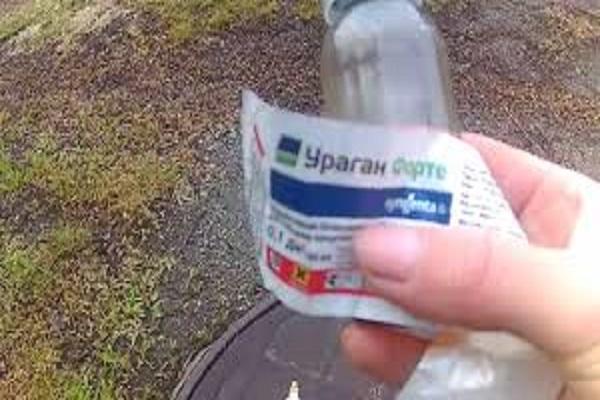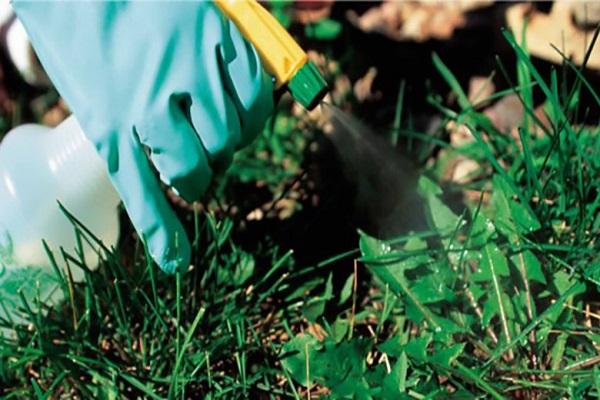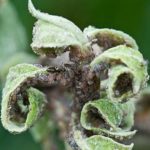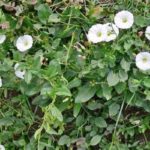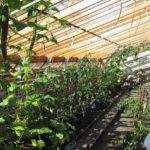Weeds in garden plots and vegetable gardens cause enormous damage to the crop. One of the most common is woodlice, a grass that actively grows in rainy weather and covers the soil with a thick carpet. Let's look at how to permanently get rid of woodlice in a summer cottage using mechanical, chemical and folk methods. We will also understand what preventive protection against regrowth consists of.
Features of the grass
The scientific name for woodlice grass is chickweed. This is a small herbaceous plant capable of vigorous growth in soils with abundant moisture.
Distinctive features of the woodlice weed are:
- juicy strong stems;
- leaves are small in size and round in shape;
- small white flowers, resembling an asterisk in appearance, which persist throughout the growing season.
About five weeks pass before the seeds ripen from the first days of flowering, then the cycle repeats.
During the season, one shrub can produce up to 15 thousand weed seeds. The seeds are characterized by the following features:
- early germination at air temperature +4 °C;
- preservation in soil from two to five years;
- resistance to environmental factors.
The root system of woodlice consists of numerous thin and long roots, which quickly strengthen and spread in the surrounding space.
The growth rate of woodlice grass on a site depends on the type and quality of the soil on the site. Soil with high acidity contributes to the rapid spread of the weed throughout the territory - woodlice covers the ground in the form of a continuous large carpet. With other soil compositions, this weed grows in separate bushes.
Harm from woodlice
Before you start fighting woodlice in the garden, you need to understand why weeds are dangerous and harmful:
- A thick covering of a large part of the garden with woodlice prevents the penetration of sunlight. This makes natural air circulation impossible. As a result, microorganisms actively develop and destroy beneficial bacteria.
- Due to the abundant growth of roots, there is a moisture deficit for other plant crops on the site.
- The soil becomes weakened and depleted, as weeds pull all the nutrients and vitamins from it.
- A weed that covers the soil with a dense and thick blanket does not allow it to be sufficiently ventilated and warmed up, as a result of which it is exposed to pathogenic microorganisms.
- In lush woodlice thickets, cruciferous flea beetles, weevils, aphids, nutcracker beetles, and other insect pests find shelter and food.
Reasons for appearance
The main reasons for the growth of woodlice weed in gardens and summer cottages are increased soil acidity and excess moisture.
How to get rid of woodlice forever?
Woodlice can be dealt with in several ways - mechanical, technical and folk.
Mechanical impact and agricultural technology
In order to eliminate the weed, it is necessary to carry out mechanical and agrotechnical work in early spring - after the snow has melted and the soil has thawed, but before the start of the growing season.
Mechanical effects on woodlice can be divided into several stages:
- Loosening and digging the soil in the garden, removing various plant residues and weed roots.
- Loosening with simultaneous removal of sprout roots.
- Perform regular weeding throughout the season - every time new shoots begin to appear. To do this, you should use a small narrow spatula or a garden tool designed to carefully remove plant roots.
- Use a fork to thoroughly dig up the soil after the crop is harvested. At this stage, it is also necessary to clear the area of weed roots so that they cannot take root and sprout next season.
At the end of weeding, it is necessary to clear the garden plot of plant debris and small roots. This will prevent new weeds from sprouting.
Under no circumstances should cut woodlice be used for compost production. This is due to the fact that during the preparation of this organic fertilizer, weed seeds may sprout.
Another useful agricultural method is mulching. The purpose of this procedure is to block the access of natural light to plant crops, including weeds.
Shelter can be made from:
- wooden boards;
- agrofibre;
- black polyethylene film;
- roofing felt;
- remnants of old linoleum;
- 10 cm layer of leaves, grass or hay.
Features of soil deoxidation
For greater efficiency, agricultural methods should be combined with soil deoxidation. This procedure must be carried out year after year, since over time the soil acidity level is restored and returns to its original values.
There are several ways to reduce acidity. Most often, quicklime or slaked lime, as well as dolomite flour, are used for these purposes.
Lime should be added to the soil layers during autumn or spring digging.
In the first case - after the entire harvest has been harvested. To determine the optimal amount of lime for a plot of 100 square meters, you need to take into account the degree of acidity of the soil:
- very sour - 60 kg;
- medium sour - 45 kg;
- slightly acidic - 30 kg.
By adding a certain amount of water, you can get slaked lime, which is recommended for use during spring weeding of the soil on the site. For each square meter you will need from 50 to 150 grams of lime.
There is one drawback to using lime - this chemical can cause burns to the stems and roots of plants. Therefore, in some cases it is advisable to use dolomite flour, which is more gentle. In this case, the amount of product also depends on the acidity of the soil:
- very sour - 600 g;
- medium sour - 500 g;
- slightly acidic - 400 g.
Chemicals
Chemical-based products are very effective, but pose a certain danger, so extreme caution is important when using them.
The following types of herbicides are suitable for controlling woodlice on the site:
- "Zero";
- "Hurricane";
- "Tornado";
- "Glisol";
- "Glyph".
It is recommended to use chemicals once a year - in the fall after harvesting. To treat the area, it is necessary to choose quiet, windless days so that toxic components do not spread throughout its entire area. All work must be carried out in protective clothing.
Complete treatment with herbicides is carried out only in cases where there are no other plants nearby. If there are other crops nearby, only spot treatment is permissible.
Weeds are destroyed under the influence of chemicals in about 5-7 days. First, the leaves at the tops begin to turn yellow, and then the whole plant takes on a brown tint.
Weeding
A common method is weeding. It must be done every week so that the woodlice weed becomes depleted and loses its viability. It is necessary that all the torn out particles of the plant dry out, because even a minimal amount of moisture is enough for it to take root. It is recommended to weed after woodlice seeds have ripened.
Traditional methods
There are several effective and safe folk methods for controlling woodlice and other weeds in areas:
- Herbicidal soap made from grated laundry soap, as well as equal parts of table salt and table vinegar. With a solution of this product, you need to generously treat the woodlice growth areas.
- Salt. It can be used both in a dry state and in the form of a solution for watering the area. One square meter of garden will require one and a half kilograms of salt.
- A strong solution of baking soda is used to spray weed seedlings growing at a distance of at least twenty centimeters from other cultivated plants.
- Treat the wood lice with a liquid mixture of water and vinegar (two glasses each), alcohol (30 ml), citric acid (1 sachet) and detergent (2 teaspoons).
Prevention of recurrence
Competent prevention will help protect against the reappearance of woodlice in your summer cottage.
It is necessary to ensure that excess water does not remain outside the beds after watering.
You also need to perform a number of actions that create the most unfavorable environment for the weed to spread:
- Follow the rules of crop rotation.
- Plant green manure plants in the remaining free areas of soil.
- Make mulch from sawdust, compost or pine bark.
In addition, every autumn it is recommended to deep dig the soil, as a result of which the weed roots remaining in the deep layers will freeze.


